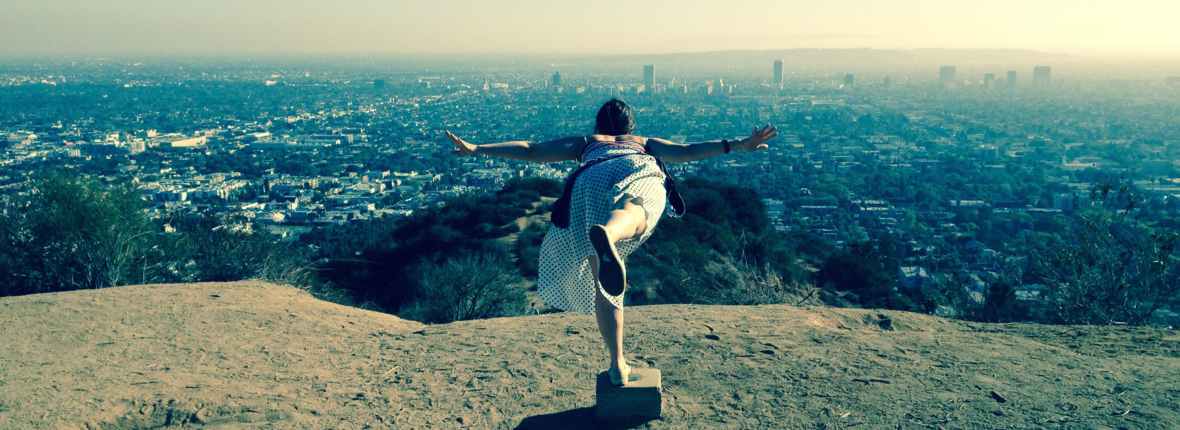Greetings Yoga Heroes,
Spring. In Portland. Spring in Portland!!!
I never knew the power of daffodil yellow until I spent a few winters under the low grey skies of the Pacific Northwest. I hope this email finds you in a sea of it – a sea of daffodil technicolor beneath a tulip rainbow.
I’m writing to tell you about two things today, Myths & Methods (M&M), and the upcoming focus of the M&M series – My Mahabharata year. Myths & Methods is a course that I teach, both in workshop format and as ongoing 6 week sessions in the small studio at People’s. The People’s courses have grown into a community of sorts, as we have many repeat students, and they’re a pretty special time. They are basically themed yoga classes, but the theme gets stretched out for all six classes in a series, or two or four in a weekend workshop.
The topics are taken from Hindu mythology and the Hindu deity tradition. As esoteric as that may sound, the classes are investigative in nature, and very relatable. We explore the archetypal aspects of the deities and other characters in the stories, and sometimes follow tangents that lead to discussions of history and culture, but we always circle back to the way that the myths relate to and inform day to day life. You can browse some past M&M topics here.
What I love about this kind of class is that when these explorations are integrated into the more tangible work; the movements and actions of our bones and muscles in the yoga poses, practitioners are invited into a many layered, multi colored experience of integration-in-contemplation, a weaving of our physical selves with our mind selves with the anatomy of consciousness itself through parable. For me, this blending, or co-mingling creates a feedback loop of information and insight that I find myself chewing on for days to come. It’s how I like to practice, and how I like to live in the world.
To be clear – these are yoga classes. Asana classes. The stories and archetypes provide a little food for thought, but the movement is how we digest and transform that food into nourishment. They’re not so different form a class you’d take any Sunday in the studio, there’s just a little more of everything. More myth, more alignment, more focus. We break things down more. We try new things, we do level two work.
For the next several cycles of Myths & Methods (M&M), we’ll be exploring one of Yoga’s two great epic poems, the Mahabharata. This is the text that gives us the Bhagavad Gita, one of the world’s most widely read and dearly loved pieces of writing ever. Studied in almost every yoga teacher training out there, and said to be the earliest and most enduring resource on the topic of what yoga is, the Gita is but one small section of one small chapter within the Mahabharata. The Gita, which means “song”, is basically a conversation that takes place in the last moments before the onset of the Mahabharata war, wherein questions of morality and eithics and family and spirituality are explored in depth in what would seem like stark relief to the circumstances that the characters find themselves in. In contrast, The Mahabharata is a long and winding story made up of hundreds of long and winding stories about everything that happens before, during, and after that war. It spans generations. It contains multitudes.
I am not a Mahabharata scholar, nor an expert on Hinduism. I read a mediocre translation of the tome many many years ago, a more respected and scholarly version just recently. I am chewing on some thematic essays at the moment, and have just embarked on that pièce de ré·sis·tance of Mahabharata scholarship that is J.A.B. van Buitenen’s 2,000 or so page translation. Many of the stories in the Mahabharata are stories I know through my studies with Douglas Brooks, stories who’s intrigue begins with their foreign-ness but takes on life in the way that they speak to universal human experience. The Mahabharata is a story not just of war, but of family and home, of politics and power and love and loyalty and betrayal and great sacrifice. It’s a story of civilization. Of cohabitation. Of getting along, or not. Of figuring out how to share this planet earth without destroying ourselves in the process. Seems topical enough when you put it that way…
I expect to spend the better part of a year immersed in familiarizing myself with the riches of this literary and cultural masterwork, and report on that journey via the Myths & Methods class series. My sense of how that process will translate into your classes is as yet loosely formed, but I hope to manage a synopsis of sorts this first round (beginning March 30th) and go from there. My Mahabharata Year can be yours, too, if you want to join us. Join us this round or the next one, or the one after that – they’ll all work fine as stand-alones.
The asana focus for the March / April session is the core upside down. We’ll include handstand or half handstand or their prep in every session, and skill building toward headstand and shoulderstand will make a fairly consistent showing, along with some level two standing poses, and the rest of it.
Yours truly,
Alison Alstrom

